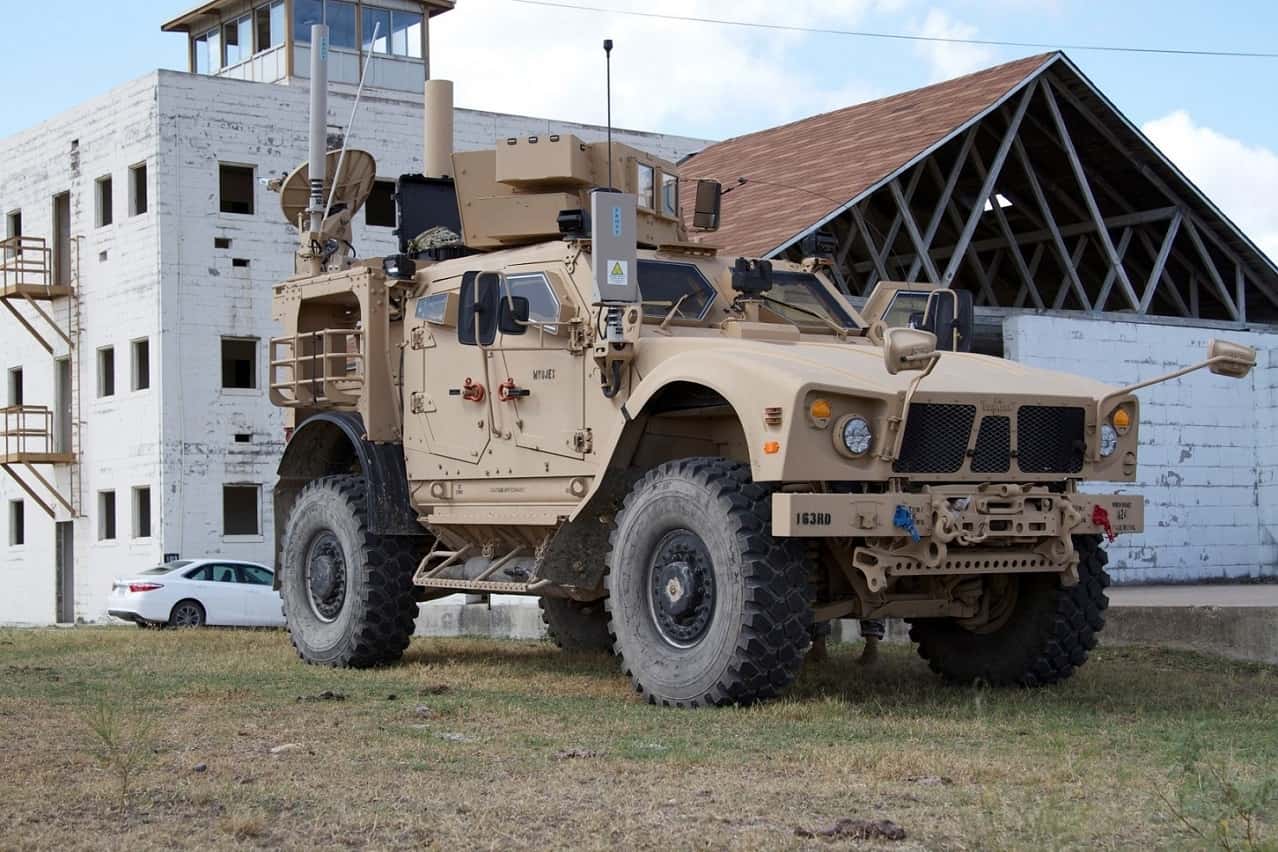
The U.S. Department of Defense has contracted General Dynamics Mission Systems, a business unit of General Dynamics, for the production of Prophet modern signals intelligence systems.
The contract, from U.S. Army Contracting Command and announced on Tuesday, is valued at more than $296 million and provides production of Prophet Enhanced systems.
The DoD said Tuesday that work locations and funding will be determined with each order, with an estimated completion date of June 15, 2020.
The GD’s website said the Prophet is a 24-hour, all weather, near-real-time, ground-based, tactical signals intelligence/electronic warfare capability organic to the brigade combat team (BCT), Stryker BCT (SBCT), and battlefield surveillance brigade.
Prophet tactical signals intelligence collection and processing systems are employed by tactical commanders to gather the unit’s intelligence needs based on the survey, exploit, and analysis of enemy communications on the battlefield. It provides actionable intelligence, situational understanding, and force protection. It is interoperable on the global signals intelligence enterprise, delivering collected data to common databases for access by the intelligence community. Prophet’s tactical mobility allows supported units to easily reposition its collection capability on the battlefield to support evolving situations.
Prophet Enhanced is a platform-independent modular system that will allow easy integration onto a vehicle. Prophet Enhanced supports stationary, on-the-move (mobile) and Manpack operations. Prophet Enhanced has a wideband beyond-line-of-sight capability, which is based on the present Project Manager Warfighter Information Network–Tactical (WIN-T) architecture. This capability allows the system to operate at extended distance and perform distributed operations.